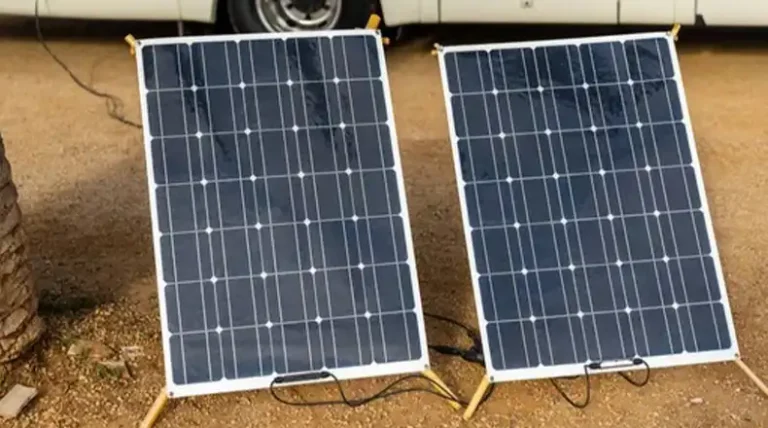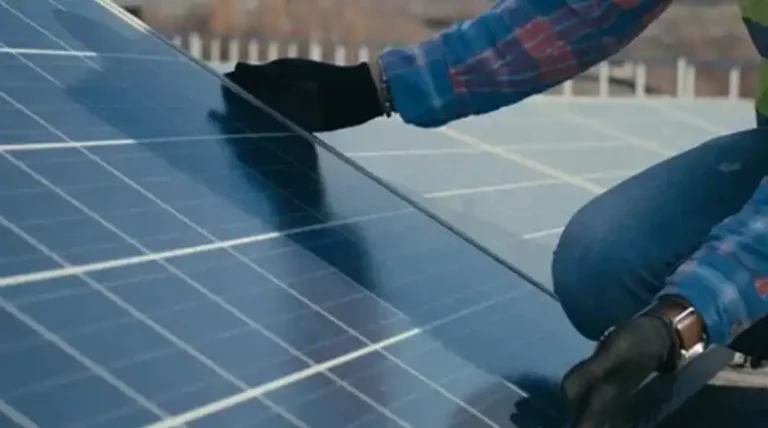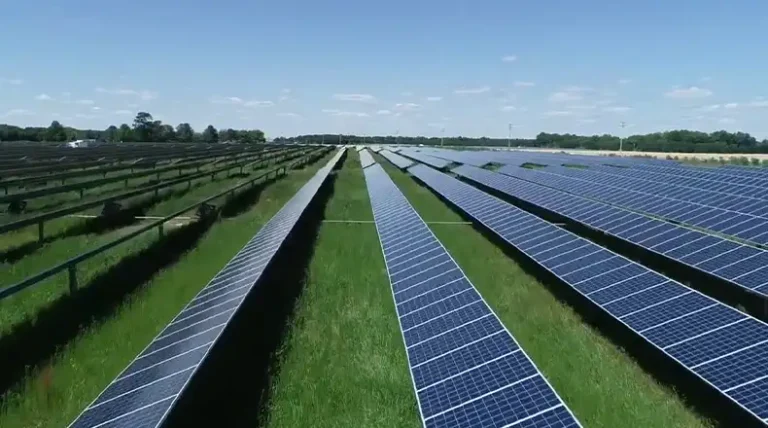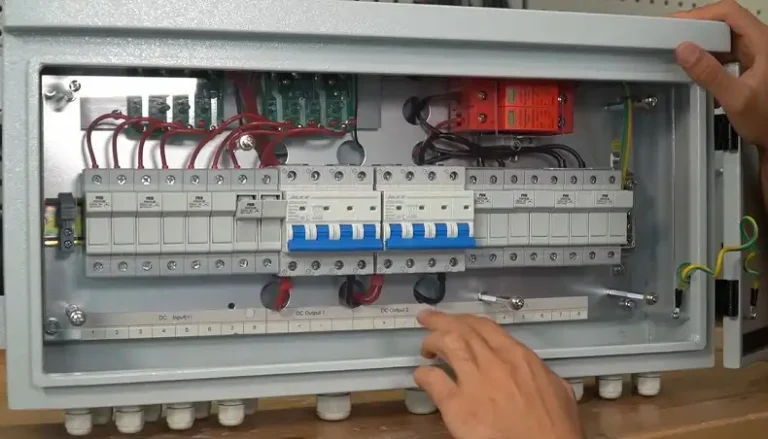Are Solar Panels Durable in Hurricanes and Hail Storms?
Many homeowners interested in installing solar panels often wonder – can my solar panels withstand extreme weather events like hurricanes and hail storms? This is an important consideration, especially for residents in regions prone to such harsh weather conditions.
The short answer is – yes, that modern solar panels are quite durable against high winds and hail. With proper installation and protective measures, solar PV systems can survive the battering of severe storms. However, the level of damage, if any, depends on the intensity of the weather event.
In this guide, I will discuss:
- The durability and wind/hail resistance ratings of solar panels
- Real-world examples of solar arrays surviving hurricanes and hailstorms
- Extra protection methods to fortify solar installations
So whether you’re worried about your existing rooftop solar panels or planning to install a new system, read on to learn how well solar PV fares against wild weather conditions.
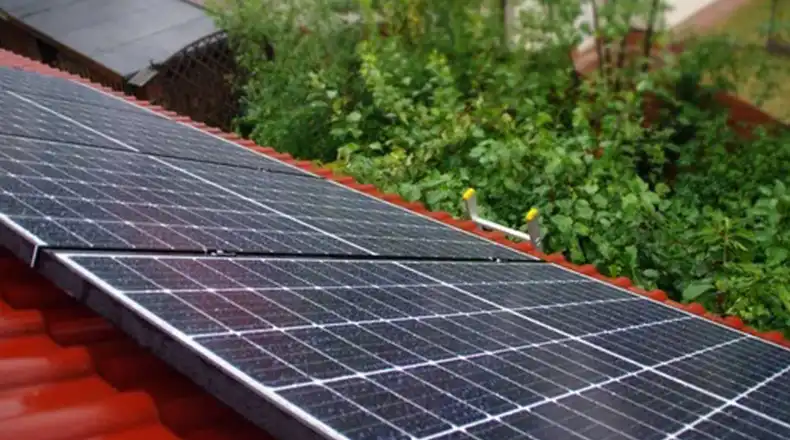
Can Solar Panels Withstand Enough Sturdy Against Hurricanes?
Solar panels mounted on building rooftops can absolutely withstand hurricane-force winds, provided proper installation protocols have been followed. Most solar panels today have excellent wind load resistance and can brave wind gusts of up to 140 mph.
Here are key reasons why modern solar PV modules can endure extreme winds:
For hurricane readiness, researchers blast panels with brutal cyclic winds, rains, and simulated salt corrosion at testing centers with massive fans and water jets. Products earning certification stand up to 2,400 Pascals – equal to approximately 140 mile-per-hour gusts.
Generally, solar panels can withstand F0 (Gale tornado), F1(Moderate tornado), and F2(Significant tornado). These hurricanes’ wind speeds range from 40 mph to 157 mph.
The frame, brackets, and anchors that attach solar arrays to rooftops go through equally extreme qualification testing. Engineers tweak designs like flexible racking systems that sway in high winds rather than resisting them with catastrophic brittleness. Regional building codes also enforce project-specific requirements for storms, flooding, and erosion factors.
Upgradation is Going On
The Office of Energy Efficiency and Renewable Energy’s SunShot Initiative aims to lower the cost of solar energy for all Americans. This initiative also supports efforts to enhance the durability of solar panels.
Researchers from the National Renewable Energy Laboratory (NREL) are funded by the SunShot Initiative to participate in the International PV Quality Assurance Task Force (PVQAT). PVQAT is dedicated to developing standards for solar energy technology.
To enhance the quality and bankability of PV components and systems, PVQAT has established a three-pronged approach involving 12 task groups. This approach encompasses the development of a rating system for PV modules based on climate and intended application, the creation of guidelines for factory inspections and quality assurance during manufacturing, and the establishment of a comprehensive certification program for PV systems. These initiatives guarantee that modern solar panels are manufactured to the highest durability standards.
Additionally, the Durable Module Materials Consortium (DuraMAT), a consortium of national research laboratories and universities, focuses on improving the materials and designs of PV modules. DuraMAT is part of the Energy Materials Network (EMN), a Department of Energy program that works to expedite the commercialization of critical clean-energy technologies
Real-World Examples
Lab benchmarking is important, but true validation comes from products proving themselves in actual extreme weather events:
- Hurricane Sandy: Over 100 megawatts of New Jersey solar saw little to no damage, with less than 0.05% probability of impact according to a National Renewable Energy Laboratory analysis of 50,000 nationwide installations.
- Hurricane Maria: A San Juan VA hospital’s 645-kilowatt rooftop array continued generating 100% power despite facing down Category 5 winds reaching 180 mph.
- Hurricane Florence: While spawning lethal floods that crippled fossil fuel plants for weeks, this storm left Duke Energy solar panels humming the very next day.
- Hurricane Ian: Babcock Ranch’s solar-powered smart grid saw no loss of electricity despite extensive regional carnage.
Durability of Solar Panels Against Hail Storms
Yes, solar panels can withstand hail to a certain extent. High-quality solar panels are protected by a thick layer of tempered glass, which is designed to absorb a significant amount of impact.
Solar panels are typically designed to withstand hail with diameters ranging from one to two inches. When choosing solar panels, it is crucial to research various models and consider industry-wide ratings.
For instance, many major brands test their panels to ensure they can survive and retain functionality after being bombarded with one-inch diameter hailstones traveling at 51 miles per hour. This rigorous testing utilizes ice ball sizes that align with the standard “severely damaging” classification on the TORRO hailstorm intensity scale.
There are two solar panel ratings you can look for: UL 61730 and IEC 61730. These ratings indicate a solar panel’s resistance to hailstorms. Solar panels that pass either or both tests can withstand hailstorms ranging from one to three inches in diameter, traveling at speeds up to 88.3 miles per hour.
The UL 61730 certification, in particular, requires passing a test that involves blasting panels with 35mm (1.4 inch) hail at terminal velocity. Variations of these standards have been developed specifically for hurricanes, heavy snow, and other extreme weather conditions to assess different aspects of resilience.
Despite their durability, solar panels can still be damaged by hail. Therefore, it is essential to ensure your solar panels are covered by either your homeowner’s insurance or your installer’s warranty.
Even the most durable panels are susceptible to rare, physics-defying impacts or large areas of transmitted force if an entire home’s shingles sustain damage. Homeowner’s insurance riders can then supplement coverage for older equipment.
According to the National Renewable Energy Laboratory, the risk of hail damage to solar panels is less than five percent. Hail is particularly prevalent in regions of the country that are not prone to hurricanes, such as Nebraska, Colorado, and Wyoming, collectively known as “Hail Alley.”
Real-world examples support these resilience ratings. In June 2017, NREL’s campus in Golden, Colorado, experienced a freak hailstorm that left nearby vehicle body panels dented and building rooftops severely damaged. However, out of the over 3,000 solar modules installed on facility structures, only one panel sustained any damage – a small crack resulting from an extremely unfortunate multiple direct hit. Reports from solar installers in other hail-prone regions echo this exceptional durability, even for residential systems that face frequent thunderstorms year after year.
Things You Can Do to Enhance the Durability of Solar Panels
Homeowners investing in rooftop solar power always want maximum protection for their systems. So what can you do to improve the resilience of your panels against wild weather?
Regular Inspection and Maintenance
Regular inspection and maintenance are essential for ensuring the long-term performance and durability of your solar panels. Inspect your solar panels at least twice a year, or more frequently if you live in an area with harsh weather conditions.
Here are some specific things to look for during your inspections:
- Cracks or chips in the glass
- Loose or damaged mounting hardware
- Corrosion of electrical connections
- Debris or dirt buildup on the surface of the panels
If you notice any of these problems, it is important to take action immediately. Repair any damaged panels or hardware, and clean the panels regularly to remove dirt and debris.
Choose High-Quality Solar Panels
The quality of your solar panels will have a significant impact on their durability. When choosing solar panels, it is important to select high-quality products from reputable manufacturers.
Look for panels that are certified for durability by organizations such as Underwriters Laboratories (UL) or the International Electrotechnical Commission (IEC). These certifications indicate that the panels have been tested and meet certain standards for resistance to damage from various factors, including hail, wind, and snow.
Install Your Solar Panels Correctly
Proper installation is crucial for ensuring the longevity of your solar panels. A qualified solar installer will follow the manufacturer’s installation guidelines and use appropriate mounting hardware. This will help to prevent damage to the panels and ensure that they are properly secured to your roof or other mounting structure.
Protect Your Solar Panels from Hail
Hail can cause significant damage to solar panels, especially if the hailstones are large or traveling at high speeds. If you live in an area where hail is common, consider installing hail guards or hail screens over your solar panels.
Hail guards are typically made of metal or plastic mesh that is attached to the frames of the solar panels. They can help to deflect hail away from the panels and prevent them from being damaged.
Hail screens are similar to hail guards, but they are typically installed closer to the surface of the panels. This can provide even more protection against hail damage.
Reduce Exposure to Extreme Weather
If possible, try to reduce the exposure of your solar panels to extreme weather conditions such as high winds, heavy snow, or extreme heat. In areas with high winds, consider using hurricane straps or other wind-resistant mounting hardware. In areas with heavy snow, consider installing snow guards or snow fences to prevent snow buildup on the panels. And in areas with extreme heat, consider using reflective coatings or shading to reduce the heat load on the panels.
Get Insurance
Even if you take all necessary precautions, there is always a chance that your solar panels could be damaged by severe weather or other unforeseen events. Consider getting insurance to protect yourself from financial losses in case of damage.
What To Do If Your Solar Panels Get Damaged in a Storm?
Despite all precautions, intense storms can sometimes cause minor to moderate damage to solar panels and allied equipment. Say sharp hailstones crack your solar glass or hurricane winds dislodge some panels away — what should you do?
Your first safety priority is to switch off the solar electrical system at the main service panel and isolate the circuits. Ensure no cables or components are charging or live before inspection.
Next, thoroughly examine the rooftop system for any broken solar modules, mounting/attachment failures, damaged conduits, or loose junction boxes. If you find any major structural issues like glass falling off, or torn metal sheet mounting, call your installation company immediately.
- Minor damage like cell cracks may not affect normal functioning. However, deeper glass cuts can expose solar cells to moisture and require replacement.
- Check if damaged modules are still within their product warranty period and whether the installer provides any weather damage protection. You might be able to claim free repairs or replacements if your solar power purchase terms permit coverage.
In most cases, only a few panels or peripheral electrical items get impaired by storms. So inspect and identify every damaged component that needs fixing post-haste.
Conclusion
We hope this guide has addressed all your key concerns regarding solar panel durability and stormworthiness. To summarize, modern solar PV systems are built to last through even the toughest weather when installed correctly according to zone codes.
Certified premium panels attached securely on rooftops can resist intense hurricane winds, heavy rainfall, and moderate hailstorms. Take adequate safety measures like hiring reputed local solar companies to maintain and fix any weather-induced damage promptly.
With responsible solar choices and periodic maintenance, you can enjoy clean, resilient solar power without worry for decades to come! Let us know if you still have any other questions in your transition to solar energy.

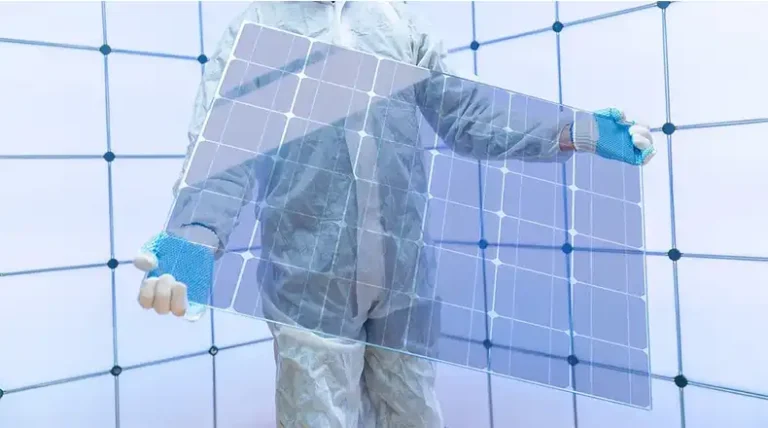
![Can You Make a Solar Panel out of CDs? [Answerd]](https://www.itekenergy.com/wp-content/uploads/2024/04/Can-You-Make-a-Solar-Panel-out-of-CDs-768x428.webp)
